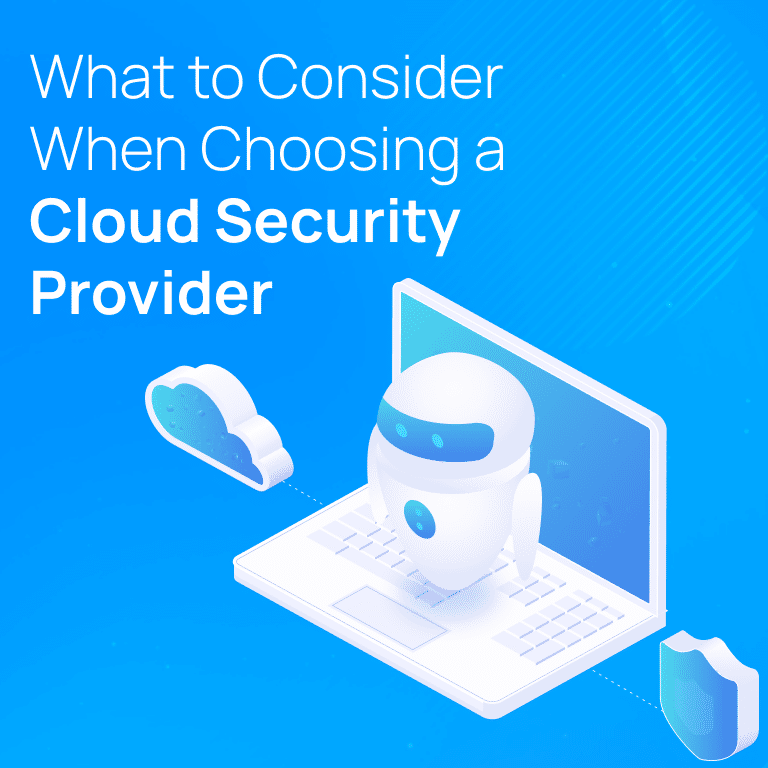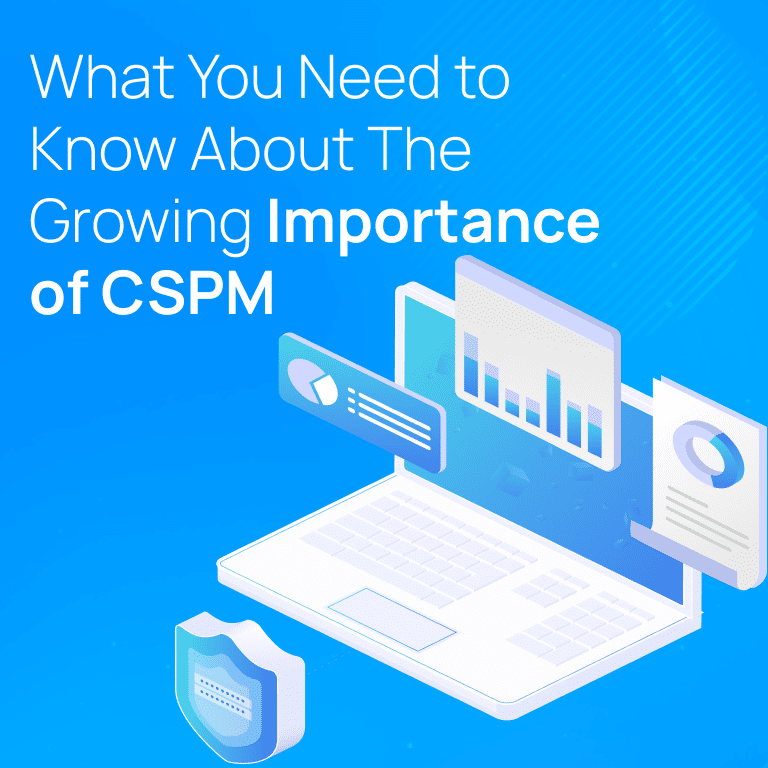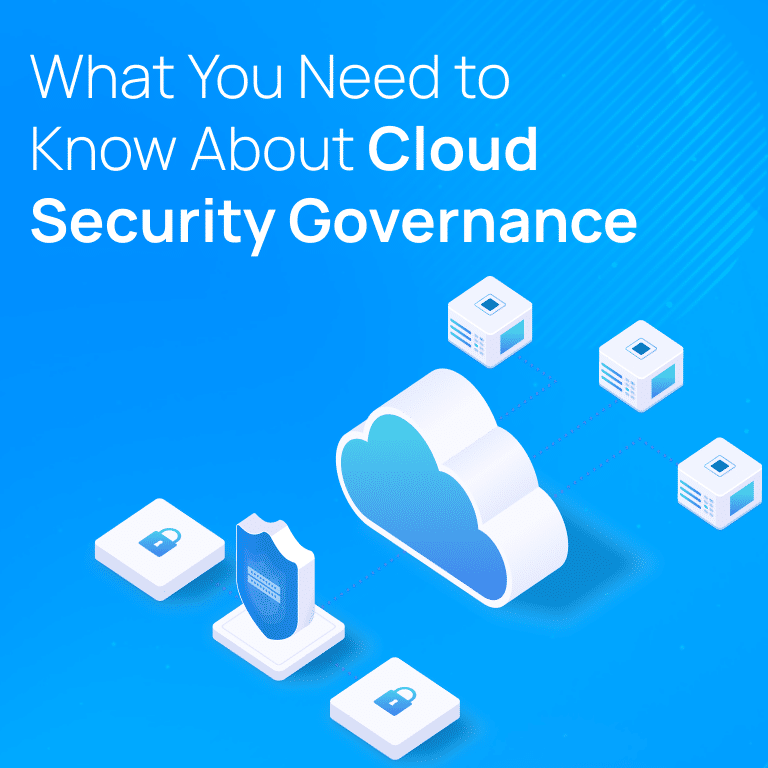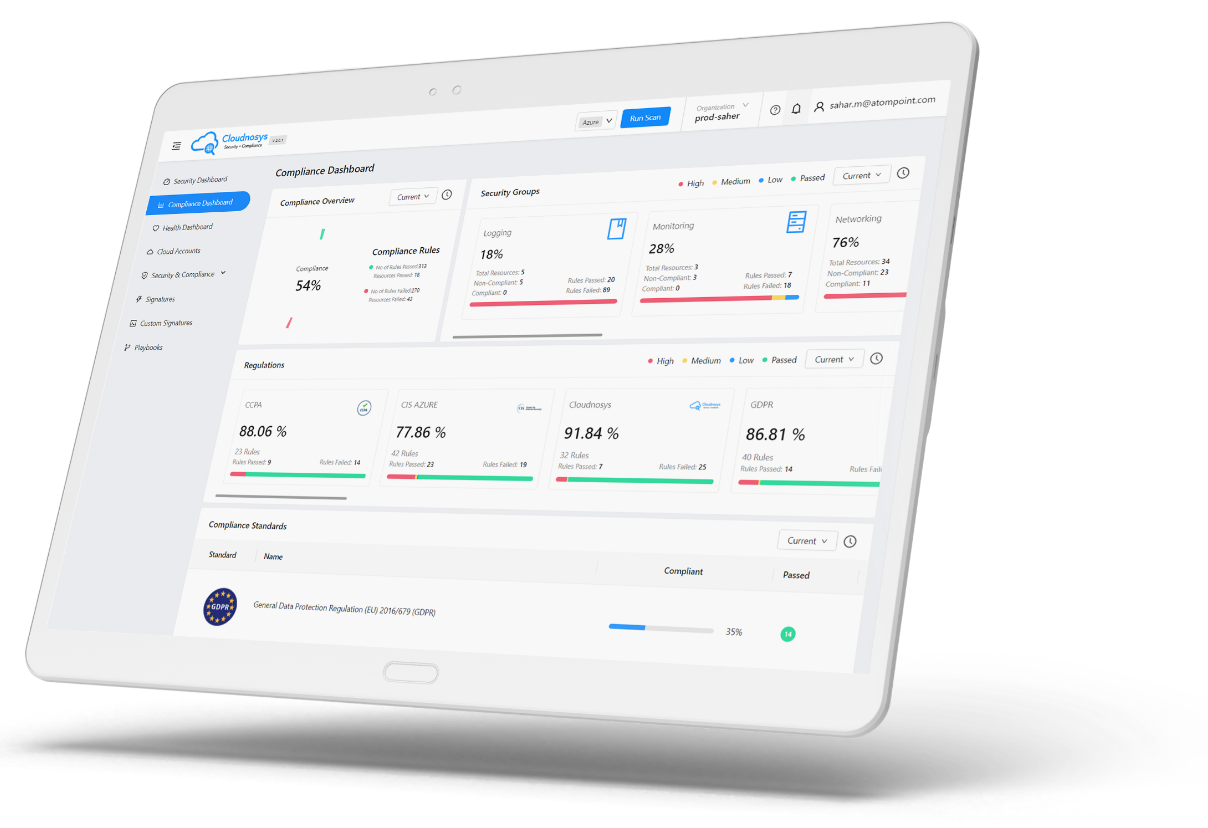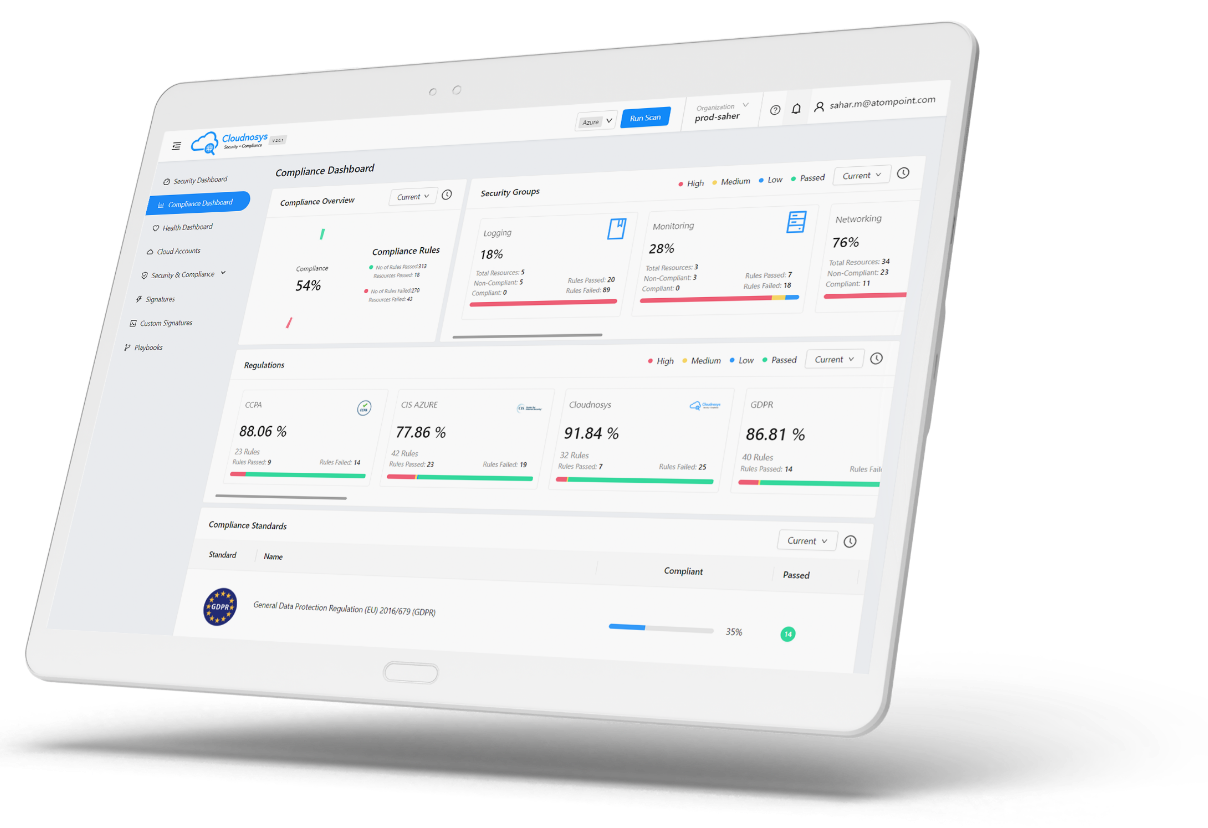Why Cloud Security Providers Matter in 2025
Imagine your business’s data as a vault. Without a skilled guard, even the strongest lock can be picked. In 2024, cloud security providers are those guards, shielding your digital assets from evolving cyber threats. With 83% of enterprises now relying on multi-cloud environments, the stakes have never been higher. Let’s unpack how to choose a provider that won’t just lock the door but build an impenetrable fortress.
The Growing Threat Landscape
Cyberattacks are no longer a matter of if but when. Ransomware, phishing, and zero-day exploits cost businesses $10.5 trillion annually by 2025. A robust cloud security provider acts as your first line of defense, offering tools like AI-driven threat detection and behavioral analytics to spot anomalies before they escalate.
The Cost of Complacency
Skipping due diligence on your provider? That’s like handing a burglar your keys. A single breach can lead to regulatory fines, reputational damage, and customer churn. For instance, GDPR violations can cost up to 4% of global revenue. Don’t gamble with shortcuts.
Key Factors to Evaluate in a Cloud Security Provider
Compliance and Certifications
Not all providers are created equal. Your industry’s regulations dictate their certifications.
Industry-Specific Standards (GDPR, HIPAA, PCI DSS)
- Healthcare: HIPAA-compliant encryption and audit trails.
- Finance: PCI DSS adherence for payment data.
- Global Operations: GDPR-ready data residency controls.
Ask: “Can they prove compliance with third-party audits?” Platforms like Cloudnosys streamline this with pre-built frameworks for 40+ standards, reducing manual workload.
Data Encryption and Privacy Controls
Data is gold—encrypt it like Fort Knox. Ensure providers offer:
- End-to-end encryption (at rest and in transit).
- Zero-trust access policies (role-based permissions).
- Data masking for sensitive fields.
Scalability and Multi-Cloud Support
Your provider should grow with you, not hold you back. Look for:
- Compatibility with AWS, Azure, Google Cloud, etc.
- Automated scaling during traffic spikes.
- Unified dashboards for hybrid environments.
Incident Response and Disaster Recovery
How fast can they patch a breach? Top providers offer:
- 24/7 SOC teams for real-time alerts.
- Automated backups with geo-redundancy.
- Playbooks for ransomware recovery.
Automation and Real-Time Monitoring
Manual checks are relics of the past. Prioritize providers with:
- AI-driven anomaly detection.
- Automated compliance reporting.
- Tools like Cloudnosys, use predictive analytics to flag risks like misconfigured S3 buckets before they’re exploited.

The Role of Automation in Modern Cloud Security
Why Manual Processes Aren’t Enough
Humans make errors—automation doesn’t. Manual audits take weeks; automated tools scan environments in minutes. For example, Cloudnosys reduces compliance gaps by 70% through continuous monitoring and auto-remediation.
How Tools Like Cloudnosys Simplify Compliance
Think of automation as your tireless auditor. Platforms like Cloudnosys:
- Map data flows across multi-cloud setups.
- Generate audit-ready reports for regulators.
- Offer pre-configured templates for ISO 27001, SOC 2, etc.
Pricing Models and Hidden Costs
Beware of “budget-friendly” plans that nickel-and-dime you later. Scrutinize:
- Data egress fees (transferring data out).
- Costs for premium support or add-ons.
- Penalties for scaling beyond limits.
Case Study: A Cautionary Tale
A mid-sized retailer chose a low-cost provider lacking multi-factor authentication (MFA). Hackers breached 500,000 customer records, costing $2M in fines and 30% revenue loss. Lesson: Never compromise on fundamentals.
Final Checklist for Decision-Making
- Verify compliance certifications.
- Test encryption and access controls.
- Confirm multi-cloud scalability.
- Review incident response SLAs.
- Compare pricing transparency.
Conclusion
Choosing a cloud security provider is like selecting a co-pilot for a stormy flight. You need reliability, adaptability, and proven expertise. Prioritize automation, compliance, and scalability—and don’t shy away from platforms like Cloudnosys that turn complexity into clarity. Your data’s safety is worth the homework.
FAQs
- How often should I audit my cloud provider’s security practices?
Annually, or after major infrastructure changes. - What’s the shared responsibility model?
Providers secure the cloud; you secure what’s IN the cloud (data, apps). - Can small businesses afford enterprise-grade cloud security?
Yes! Platforms like Cloudnosys offer scalable pricing for SMBs. - Is multi-cloud more vulnerable than single-cloud?
Not if your provider offers unified monitoring tools. - What’s the biggest red flag in a provider?
Vague SLAs or reluctance to share audit reports.
Ready to simplify cloud security? Discover how Cloudnosys automates compliance and threat detection at cloudnosys.com



